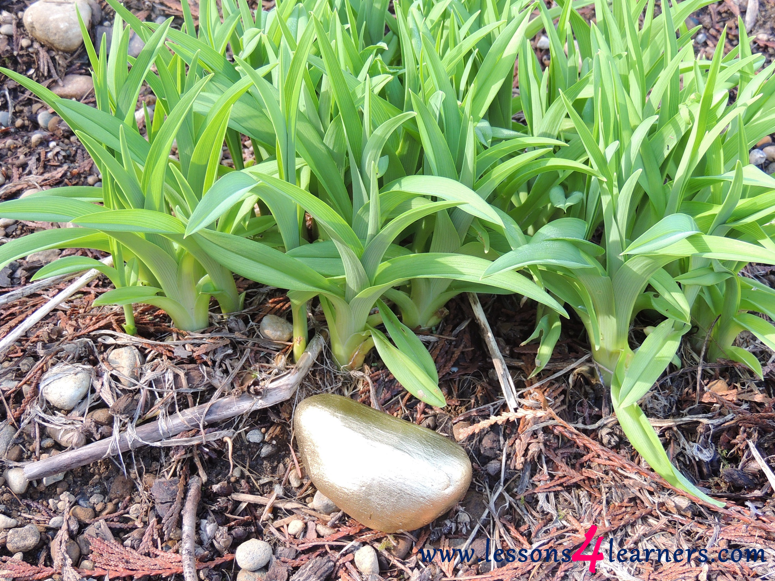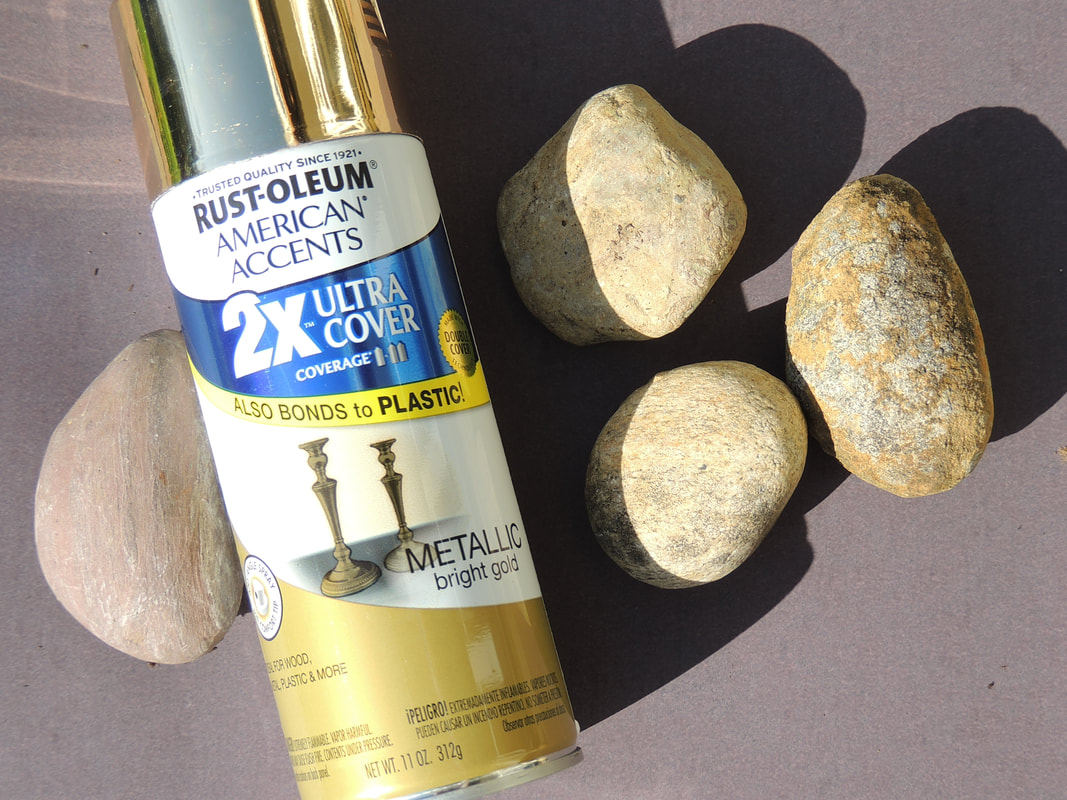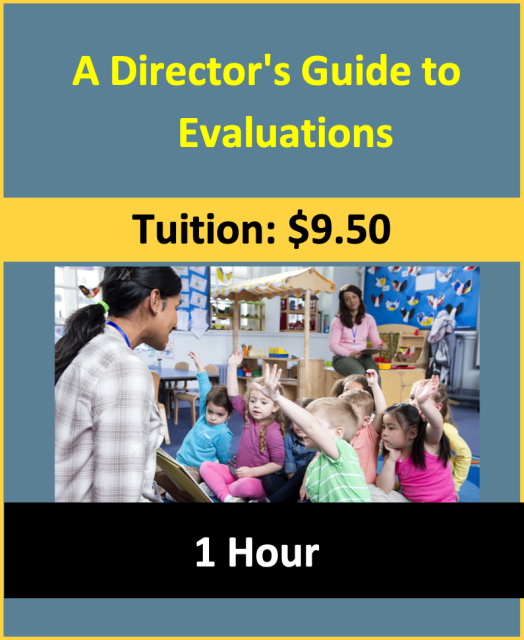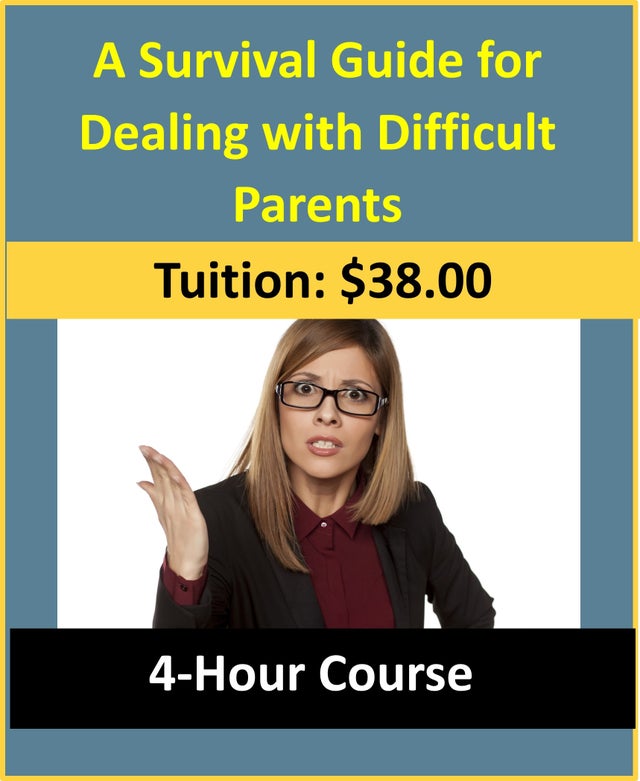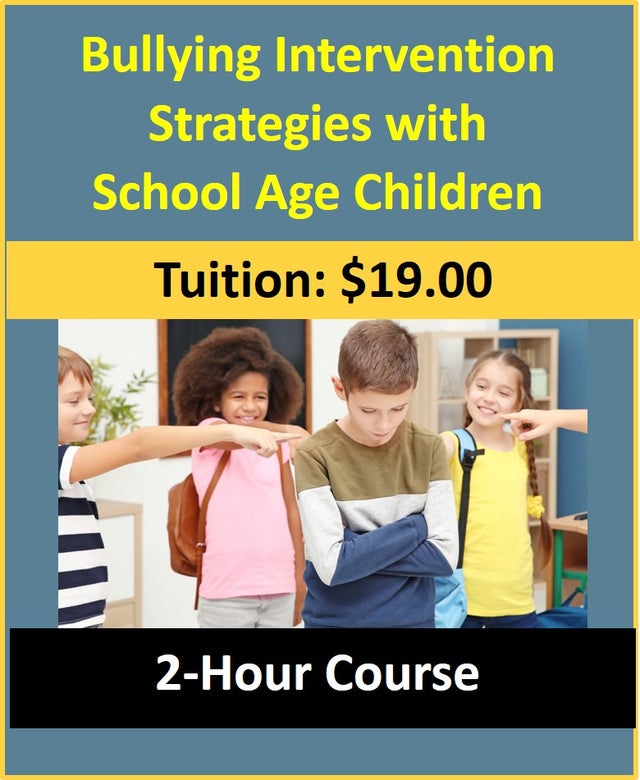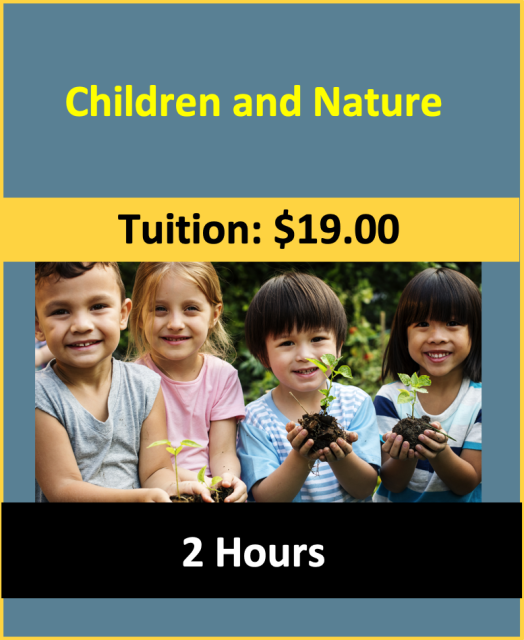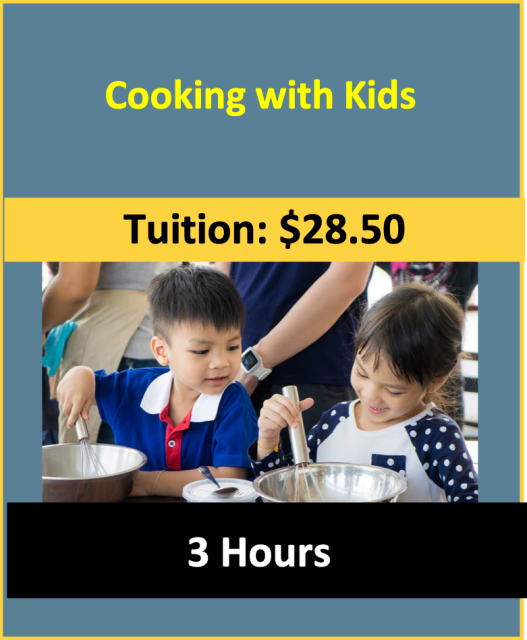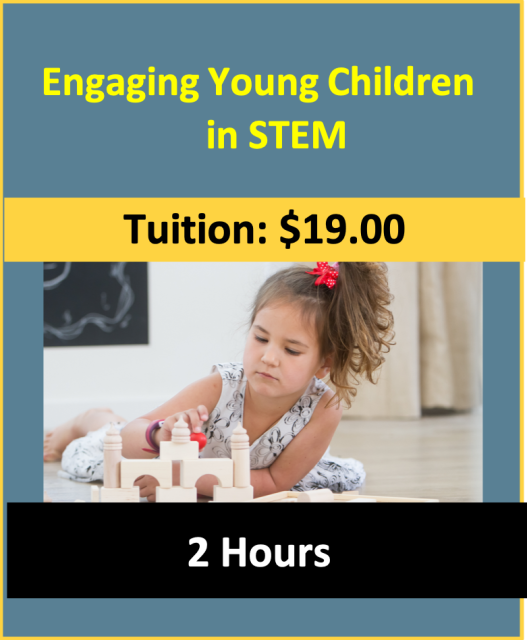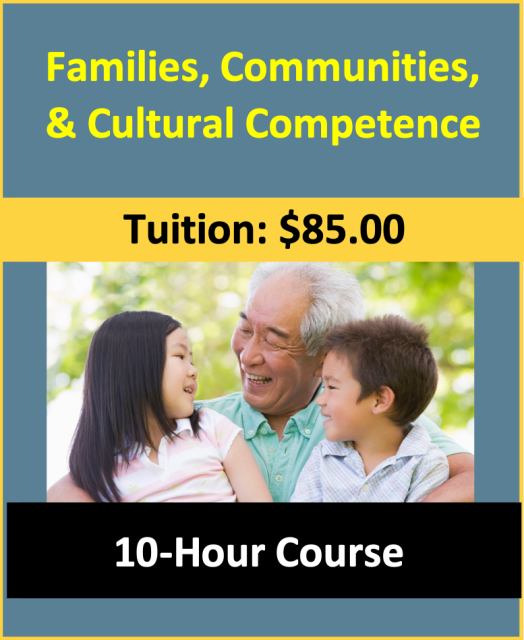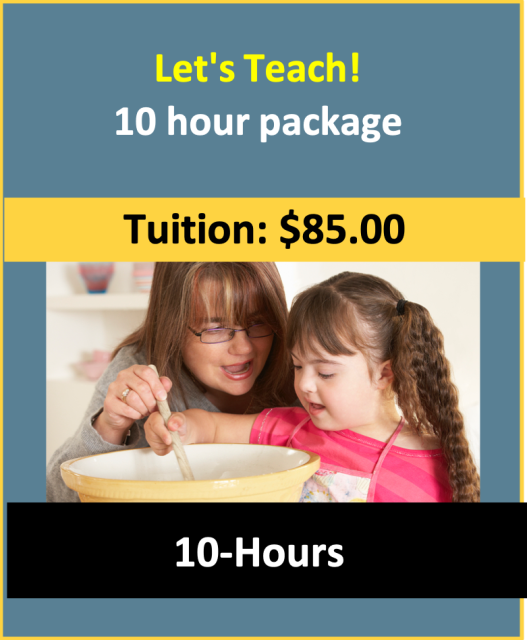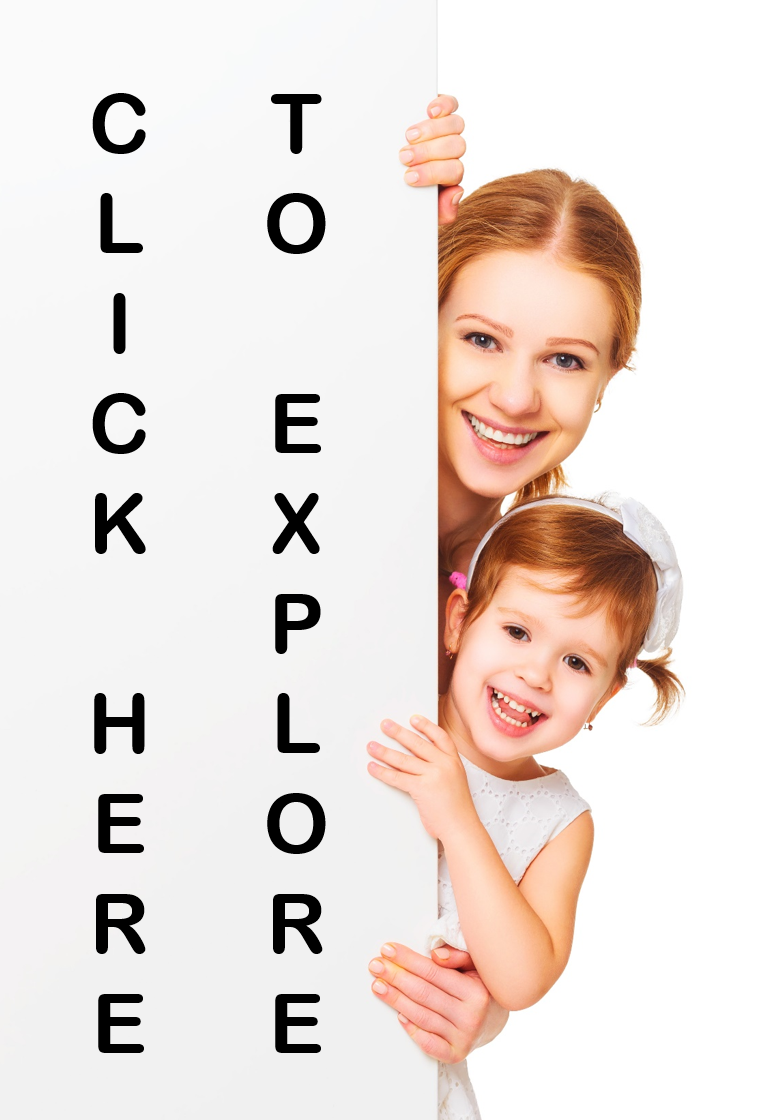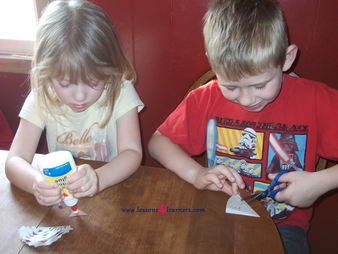End of the Rainbow Treasure Hunt
Lesson Plan:Activity:
End of the Rainbow Treasure Hunt
Lesson plan developed by Ms. Erika Geelhoed, BA Ed
Age Group:
* Lesson plan objective and assessment can be adapted to use this activity with preschoolers.
Objectives:
Children will
|
|
Click on the photos to enlarge.
|
EALR 1
The student acquires the knowledge and skills necessary to maintain an active life: Movement, physical fitness, and nutrition.
Materials:
|
Procedure:
- Prepare for the activity by collecting and spray painting rocks gold
- Allow to dry
- Hide the rocks around an outside space
- Review myths about leprechauns with children
- Go outside with children and encourage them to find the “gold”
Assessment:
- Observe and record the children’s gross motor skills.
Click on the course icon for enrollment information.
- Supporting Creativity in School-Age Children
|
Children who are creative are willing to try new ways of doing things. They see more than one possibility in how to play a game or use an art material. They are curious about how things work and why things happen as they do. They are willing to take risks. When they try something new and it doesn't work, they learn from their mistakes, and try another approach.
One of the easiest ways to promote children's creativity is to fill the environment with open-ended materials. Items children can use in a variety of ways are ideal for school-age programs because they are interesting to children of different ages and stages of development and trigger their imaginations. |
- Provide open-ended materials with which children can do many things. Arrange the environment so children can spread out, explore, and be messy.
- Provide sufficient storage space for projects and creations that cannot be completed in one day. Allow creations to stay in place for several days so children can continue using them and possibly expand them.
- Provide sufficient time in the daily schedule for children to make plans and carry them out. Follow a daily schedule that includes long blocks of time when children are free to organize their own games and activities without adult involvement.
- Surround children with examples of creative work - reproductions of paintings and sculptures, award-winning children's literature, photographs of architectural treasures, biographies of investors and scientists, a wide variety of music on tapes and CD's.
- Store materials and equipment where children can easily select, replace, and care for them without adult assistance.
- Offer materials that allow children to explore subjects and interests introduced at school or through experiences such as field trips.
